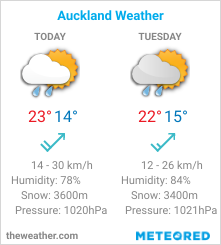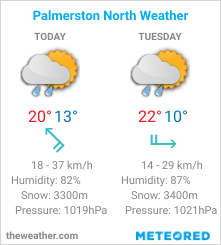The first American battleships designed after the Washington treaty system began to break down in the mid-1930s, they took advantage of an escalator clause that allowed increasing the main battery to 16-inch (406 mm) guns, but refusal to authorize larger battleships kept their displacement close to the Washington limit of 35,000 long tons (36,000 t). A requirement to be armored against the same caliber of guns as they carried, combined with the displacement restriction, resulted in cramped ships, a problem that was exacerbated as wartime modifications that considerably strengthened their anti-aircraft batteries significantly increased their crews.
Indiana entered service in April 1942, by which time the United States was engaged in World War II, and the ship was immediately pressed into action in the Pacific War against Japan. Her first combat came in late 1942 when she supported marines fighting during the Guadalcanal campaign. Over the next three years, she was occupied with two primary roles: naval gunfire support for amphibious assaults across the Pacific and anti-aircraft defense for the fast carrier task force. She shelled Japanese positions during the Battle of Tarawa in November 1943 and the Battle of Kwajalein in February 1944. During the latter operation, she collided with the battleship Washington and was forced to withdraw for repairs.
After returning to the fleet in April 1944, she took part in the Mariana and Palau Islands campaign, bombarding Saipan and helping to defend the fleet during the Battle of the Philippine Sea. Engine problems prevented her from participating in the Battle of Peleliu in September, but she was present for the Battles of Iwo Jima and Okinawa in 1945. In the latter action, she shot down a number of kamikazes. Following the Japanese surrender in August, she contributed men to the occupation force before returning to the United States in September. After a final refit, she was placed in reserve and remained inactive in the Navy’s inventory until 1962 when she was stricken from the Naval Vessel Register and sold for scrap the following year.
from John's Navy and other Maritime or Military News https://ift.tt/3htSQTl
via IFTTT














No comments:
Post a Comment
How did you like the post, leave a comment. I would appreciate hearing from you all. Best wishes from JC's Naval, Maritime and Military News